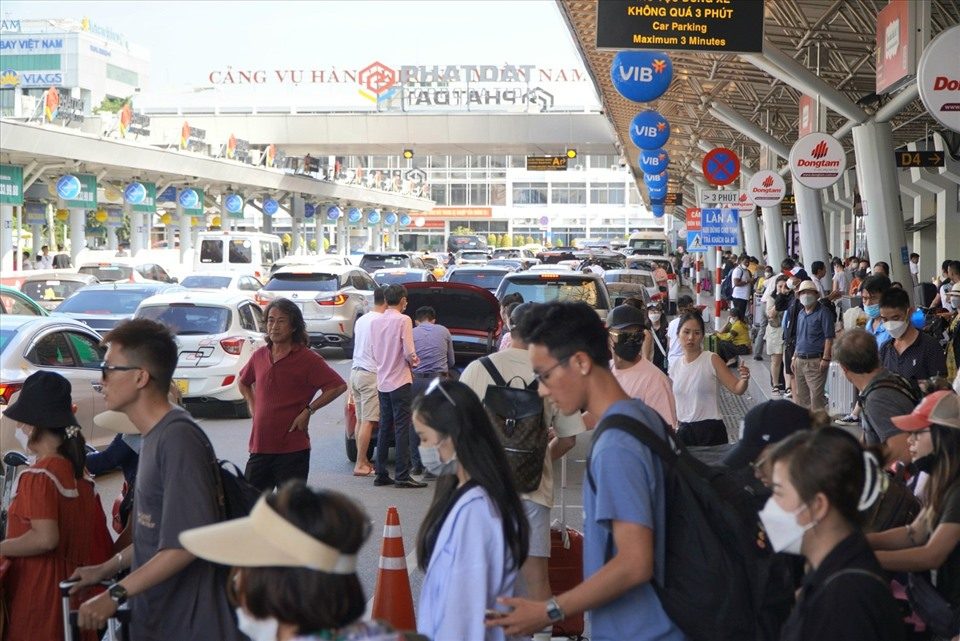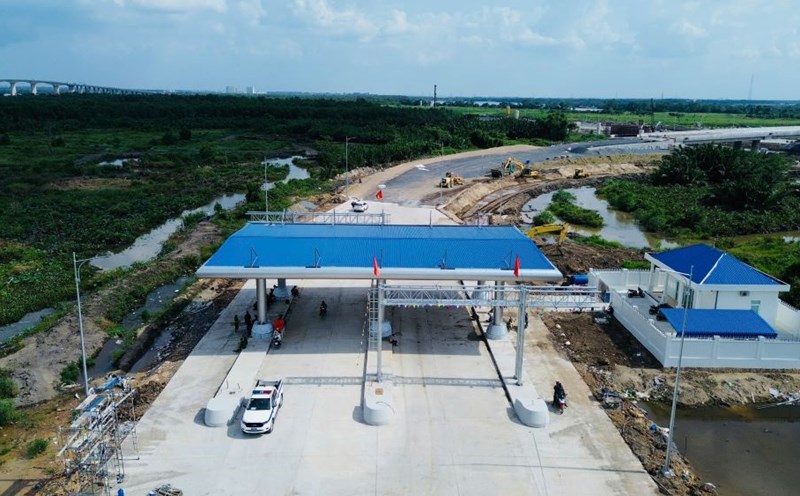Vietnam Airports Corporation (ACV) has just proposed two options for parallel operation of Long Thanh and Tan Son Nhat airports from 2026.
Long Thanh airport in Dong Nai is the largest airport project in the country, implementing phase 1 with a capacity to serve 25 million passengers and 1.2 million tons of cargo per year.
Thanks to its location far from residential areas, the airport can operate 24/24 hours - an advantage over Tan Son Nhat, which has been overloaded for many years and has limited night flight hours.
In the process of preparing for the operation time, the Incheon Airport Joint Venture (Korea) - the consulting unit for Long Thanh airport management and operation has proposed two options for dividing exploitation.
Option 1: Long Thanh assumes all international flights
According to this plan, Long Thanh airport will receive 100% of international flights, while Tan Son Nhat airport specializes in serving domestic flights.
It is expected that Tan Son Nhat airport will serve about 29.5 million domestic passengers per year, while Long Thanh airport will welcome 19.1 million international passengers and a small number of domestic passengers for shuttle.

This division forms a model of a single-hub international transit center for the Southern region.
Concentrating all international routes at Long Thanh airport helps: Optimizing human resources, equipment and operating procedures; reducing management costs by not having to maintain international infrastructure at both airports; bringing a more convenient experience to international passengers, avoiding having to travel between two airports when connecting flights.
The release of all international capacity from Tan Son Nhat will also help this airport reduce overload pressure, while Long Thanh airport has development conditions to compete with major airports in the region.
The only disadvantage of this option is that passengers in Ho Chi Minh City traveling on short international routes may find it inconvenient to travel further to Long Thanh.
Option 2: Keep a part of a short international flight in Tan Son Nhat
With this option, Tan Son Nhat airport still operates domestic flights and part of short-haul international flights (under 1,000 km), accounting for about 20% of total international traffic.
Long Thanh airport will focus on long-haul international flights (80% of international traffic) and some domestic flights serving transit.
The advantage is that it takes advantage of the existing facilities of Tan Son Nhat airport, reduces the operational pressure for Long Thanh airport in the initial stage, and is more convenient for Ho Chi Minh City tourists to fly short flights in the area.
However, experts and airlines do not point out that this option increases operating costs due to maintaining customs forces, quarantine, security... at both airports.
More importantly, the disruption of international routes will reduce the competitiveness of Long Thanh airport as a transit center.
According to ACV's analysis, Long Thanh airport could lose up to 8.8% of international passenger volume because transit passengers will choose other airports in the region to avoid traveling between the two airports - a lesson that happened in Narita (Japan) and Heathrow (UK).
After consulting with the Civil Aviation Authority of Vietnam and international airlines, option 1 - to transfer the entire international route from Tan Son Nhat to Long Thanh received high consensus.
This option is considered optimal to effectively exploit resources, reduce costs, ensure convenience for management and most importantly, build Long Thanh airport into an international transit aviation hub capable of competing with major airports in the world.










